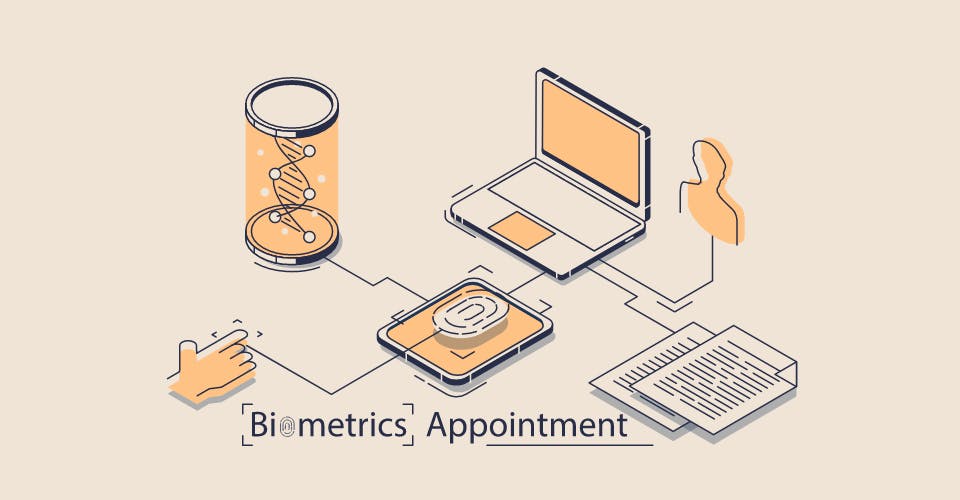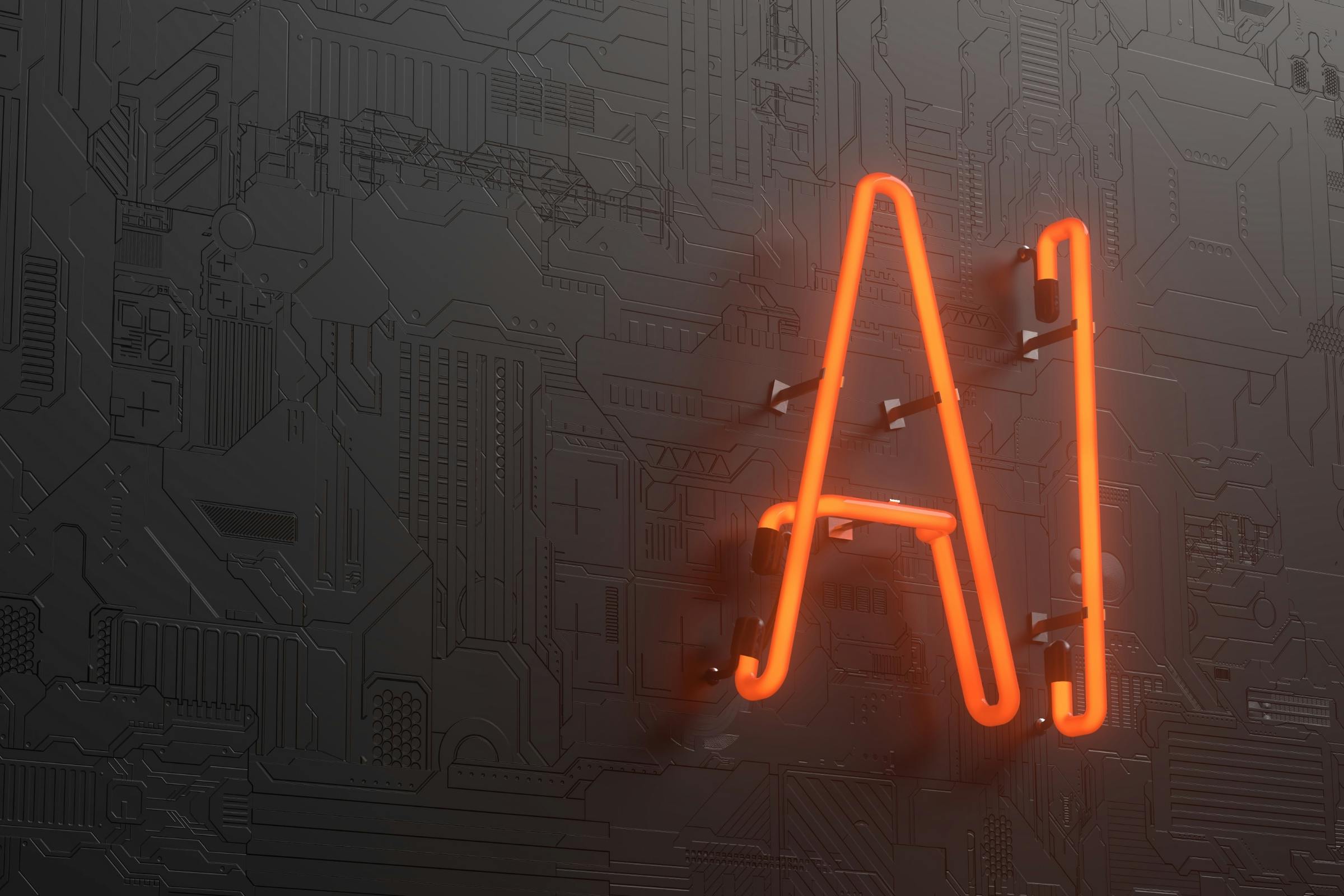A biometrics appointment is a standard appointment for many different types of immigration procedures. For example, if you are applying for a green card in the United States you will absolutely attend a Biometrics appointment fairly early on in the whole process. In addition, consular processing applicants who are abroad also attend a Biometrics appointment at the U.S. consulate they are reporting to. Not only do principal applicants attend a Biometrics, but so do petitioners, such as a U.S. based spouse who is petitioning on behalf of their fiancé who is abroad, or even a joint sponsor who is signing an Affidavit of Support.
In short, many individuals who are even tangentially related to a principal immigrant or beneficiary could end up walking into a Biometrics appointment. This brief post will be dedicated to understanding where your information goes when you attend one of these appointments.
The Basics
A biometrics appointment is a background check conducted by the USCIS that is then sent to the FBI who also does a cross screening. The Biometrics appointment involves a fingerprint scan that helps the agency check applicants (or petitioners/sponsors) for the following:
- Whether the applicant or petitioner has a criminal record, and the reports/dates as to when such a conviction occurred from a respective police department.
- Whether the applicant or petitioner has any immigration violations which would make them inadmissible to the U.S. and thus lead to a rejection of their application/petition.
- In some cases, the USCIS will also ask applicants to submit a DNA test to see whether or not there is a legitimate familial relationship.
Biometrics appointments are not drug screenings, so applicants should not be expecting that they are going to be tested for any substances. However, abusing a substance could lead to a rejection of ones immigration application at a later point when the applicant will most likely need an up-to-date medical exam to proceed with their green card interview.
Petitioners/Sponsors
While Biometrics appointments are typically thought of in respect to principal applicants (the ones pursuing a green card), families need to also be cognizant of the fact that petitioners/sponsors will most likely have to go to a USCIS field office for a Biometrics appointment. This is how the USCIS upholds immigration law. Because so many types of immigration procedures are dependent on having a sponsor, the agency needs to make sure that all parties involved are not violating any part of the INA.
What to Bring
While covered in our Visa2us blog on filing for an adjustment of status, lets review a list of items to make sure to have in order to successfully complete the Biometrics appointment:
- A photo ID such as your passport or EAD card
- A printed notice that your received from the USCIS informing you of the time and place of the appointment
- Any other USCIS documentation that has been requested during the time of the Biometrics appointment (this will differ depending on whether the appointment is intended for the principal applicant or petitioner/sponsor)














